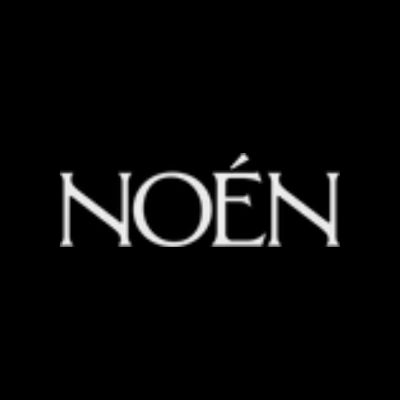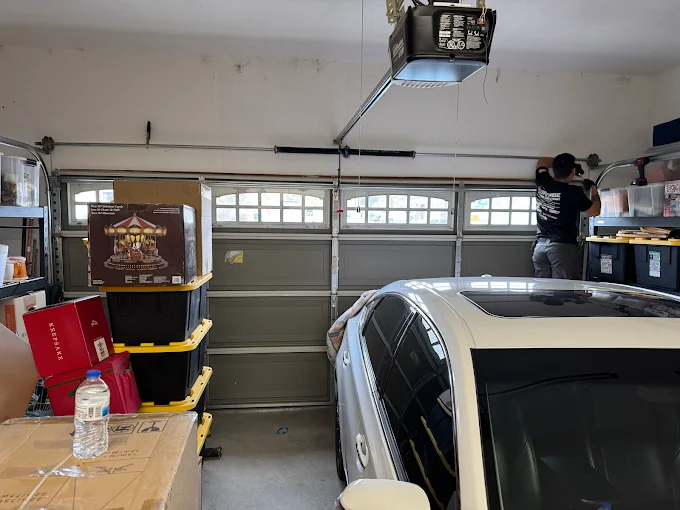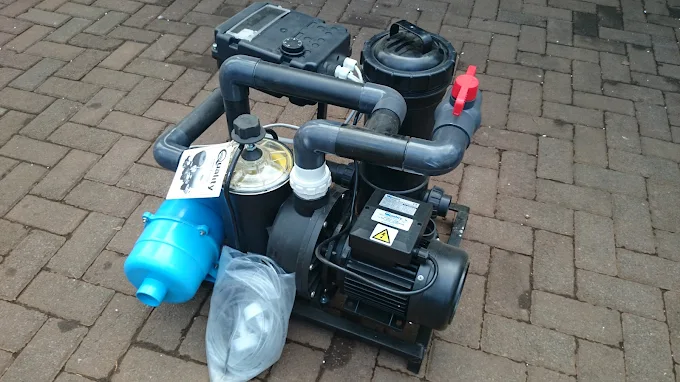Energy efficiency isn’t just a buzzword. It’s one of those things that can make or break a company’s bottom line. In today’s competitive landscape, cutting down on energy costs isn’t just a good idea—it’s a necessity. But how do you actually go about making meaningful, lasting improvements? That’s where ISO 50001 certification comes in.
If you’re looking to reduce energy costs while enhancing your organization’s overall efficiency, ISO 50001 is one of the best moves you can make. And here’s the thing: It’s not just about turning off a few lights or installing more energy-efficient bulbs. It’s about a systematic, comprehensive approach to energy management that leads to long-term, sustainable savings.
In this article, we’ll explore the ins and outs of ISO 50001, how it helps businesses like yours trim those energy bills, and why it’s worth the investment. Let’s get started.
What Exactly is ISO 50001?
Before we dive into the nitty-gritty of how ISO 50001 can help reduce your energy costs, let’s break down what the certification actually is.
ISO 50001 is a globally recognized standard for energy management systems (EnMS). It provides a framework for organizations to monitor, measure, and improve their energy performance. The goal? To reduce energy consumption, lower greenhouse gas emissions, and, of course, cut energy costs.
Now, you might be thinking, “But we already have energy-saving initiatives in place!” Well, that’s great. However, ISO 50001 goes beyond just simple actions. It’s about creating a structured, data-driven approach to energy management that ensures continuous improvement over time. And that’s a big deal when you want to achieve real, sustainable savings.
The Real Cost of Wasting Energy
You know the old saying: “Energy is money.” Well, it couldn’t be truer today. Many businesses waste far more energy than they realize, whether it’s through inefficient equipment, outdated infrastructure, or just a lack of awareness about how much energy they’re actually using.
Think about this: You may have high-efficiency equipment, but if it’s running when it doesn’t need to be, that’s wasted energy. Similarly, even simple things like poor insulation or inefficient lighting systems can add up over time.
Here’s a question for you: Are you really sure your energy management is as efficient as it could be? This is where ISO 50001 steps in to offer a clear, consistent way to tackle energy waste across your entire organization.
How Does ISO 50001 Help with Energy Cost Reduction?
The beauty of ISO 50001 lies in its holistic approach to energy management. It’s not just a one-time fix. Instead, it’s about continuously improving your energy performance. Let’s explore a few of the ways this standard can help you cut costs and improve your energy efficiency:
- Data-Driven Decisions: One of the first things ISO 50001 pushes for is data collection. You’ll track your energy usage in real time and analyze patterns. This data helps identify areas where energy is being wasted, which is the first step toward cutting costs. For example, are your machines running when they don’t need to be? You’d be surprised how much energy gets wasted that way.
- Increased Accountability: ISO 50001 requires you to assign clear roles and responsibilities when it comes to energy management. This level of accountability means energy efficiency becomes a part of your company’s culture. Everyone, from top leadership to your front-line workers, is involved in the process.
- Ongoing Improvement: One of the core principles of ISO 50001 is the idea of continuous improvement. Once you’ve put energy-saving measures in place, you don’t just forget about them. Instead, you’ll keep tracking, assessing, and refining your approach to ensure that you’re always looking for new ways to improve. Over time, this can lead to significant, long-term savings.
- Reduced Energy Waste: This one’s a biggie. The systematic approach in ISO 50001 helps you pinpoint areas where energy is wasted. Whether it’s outdated equipment, poor operational practices, or inefficiencies in your building systems, you’ll have the tools to identify and eliminate unnecessary waste.
- Sustainability Benefits: Cutting energy costs isn’t just good for your bottom line. It’s good for the planet, too. By implementing ISO 50001, you’re not only reducing your energy consumption, but you’re also lowering your carbon footprint. And in today’s business environment, that’s a pretty powerful statement.
Is ISO 50001 Certification Worth the Investment?
You might be wondering if the cost of achieving ISO 50001 certification is worth the return. Well, let’s take a closer look.
- Lower Energy Bills: First and foremost, ISO 50001 can lead to significant energy savings. Many organizations see reductions in energy use by 10-20% within the first year of implementation. The savings from reduced energy consumption quickly outweigh the initial costs of certification.
- Improved Brand Image: Consumers are increasingly concerned about sustainability, and businesses that take concrete steps to reduce their environmental impact stand out. Achieving ISO 50001 certification can boost your brand’s reputation as an environmentally responsible company. This can attract new customers, improve loyalty, and even open doors to new markets or clients who prioritize sustainability.
- Compliance with Regulations: Governments around the world are tightening regulations on energy use and emissions. certification iso 50001 can help you stay ahead of the curve by ensuring compliance with both local and international energy-related laws and standards. It also positions you as a proactive, responsible company ready to meet future regulations head-on.
- Employee Engagement: When employees see their company taking action to reduce energy waste and improve efficiency, they often feel more engaged and motivated. ISO 50001 provides a clear, organized framework that makes energy management a shared responsibility. This can improve workplace morale and productivity, leading to better overall performance.
- Long-Term Sustainability: Achieving ISO 50001 certification sets the stage for long-term sustainability in energy use. The ongoing monitoring and improvements ensure that your energy management practices remain effective and evolve with new technologies and industry standards.
The Certification Process: What’s Involved?
So, you’re sold on the benefits of ISO 50001. Now what? What does the certification process look like?
- Preparation and Planning: The first step is understanding where your current energy performance stands. This involves collecting data, conducting an energy review, and setting goals for improvement.
- Implementation of Energy Management Systems: Once you’ve assessed your starting point, you’ll need to put in place an energy management system. This includes policies, procedures, and actions to help you achieve your energy efficiency goals.
- Internal Audits and Reviews: Once your system is in place, you’ll need to conduct internal audits to ensure everything is functioning as it should. Regular reviews help you measure progress and identify areas that need improvement.
- Certification Assessment: After you’ve made the necessary improvements and have put systems in place, an accredited certification body will conduct an assessment. If you meet the criteria, you’ll be awarded ISO 50001 certification.
Beyond the Certification: A Culture of Continuous Improvement
Here’s the kicker: ISO 50001 isn’t a one-and-done deal. It’s an ongoing process of evaluation, improvement, and refinement. Once you’re certified, you’ll need to keep monitoring your energy usage and making adjustments to ensure you’re constantly getting better.
But that’s not a bad thing—it’s actually one of the reasons why ISO 50001 works so well. The certification isn’t just a stamp on your business; it’s a roadmap for long-term, sustainable success.
Wrapping It Up: Energy Cost Reduction is Within Reach
By now, it should be clear that ISO 50001 certification is a powerful tool in your energy management arsenal. It’s a step toward slashing your energy costs, improving efficiency, and becoming a more sustainable business. Whether you’re looking to reduce bills, improve your brand image, or ensure compliance with evolving regulations, ISO 50001 offers a structured, data-driven approach that leads to tangible, lasting.




